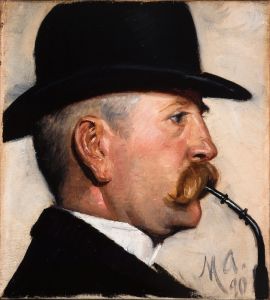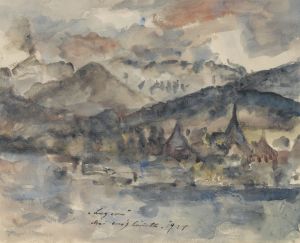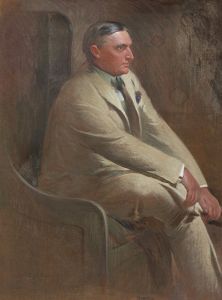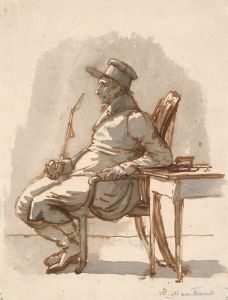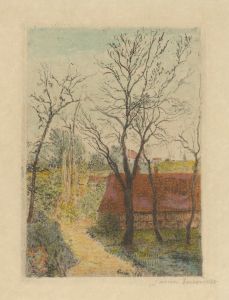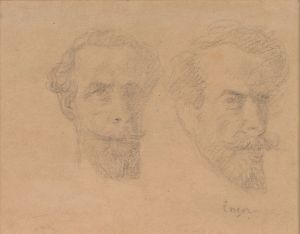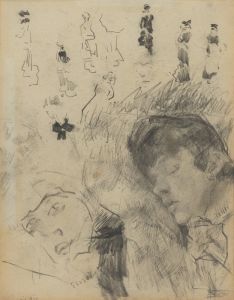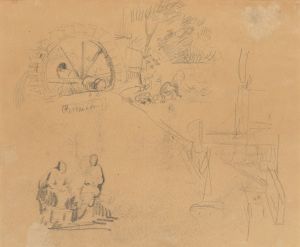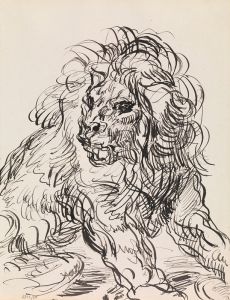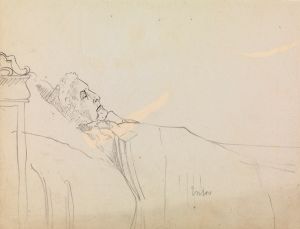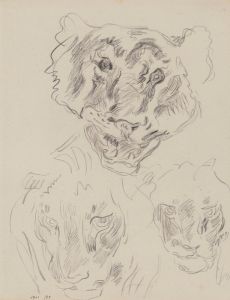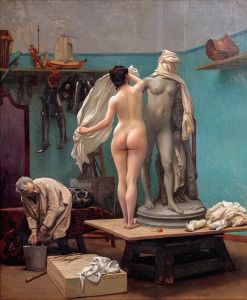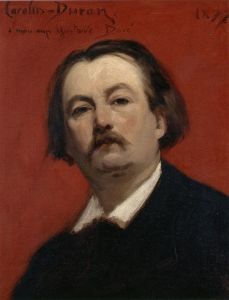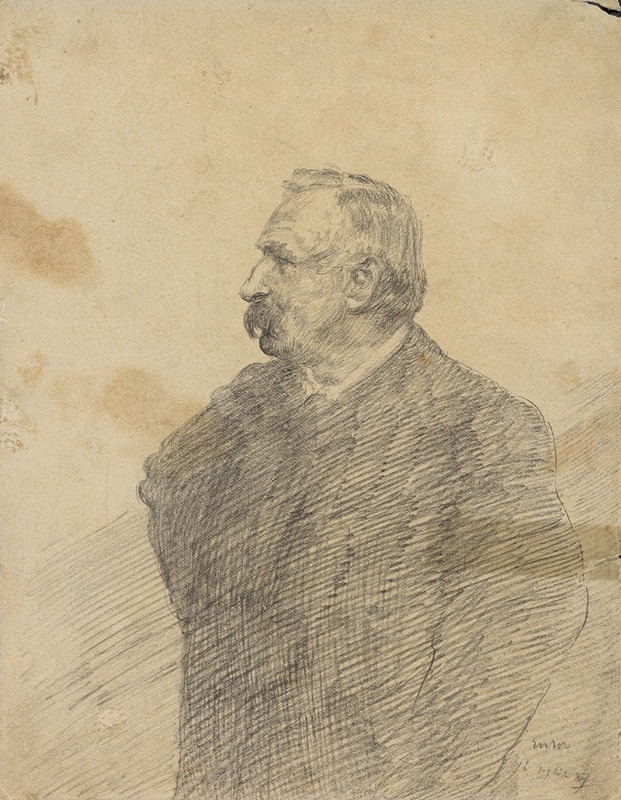
Portret van Ernest Rousseau
A hand-painted replica of James Ensor’s masterpiece Portret van Ernest Rousseau, meticulously crafted by professional artists to capture the true essence of the original. Each piece is created with museum-quality canvas and rare mineral pigments, carefully painted by experienced artists with delicate brushstrokes and rich, layered colors to perfectly recreate the texture of the original artwork. Unlike machine-printed reproductions, this hand-painted version brings the painting to life, infused with the artist’s emotions and skill in every stroke. Whether for personal collection or home decoration, it instantly elevates the artistic atmosphere of any space.
James Ensor, a prominent Belgian painter and printmaker, is known for his unique and often avant-garde approach to art. One of his notable works is the "Portret van Ernest Rousseau," which translates to "Portrait of Ernest Rousseau." This painting is a significant piece within Ensor's oeuvre, reflecting both his technical skill and his distinctive artistic vision.
James Ensor was born in 1860 in Ostend, Belgium, and spent most of his life there. He was a leading figure in the Belgian avant-garde movement and is often associated with the Symbolist and Expressionist movements. Ensor's work is characterized by its bold use of color, innovative compositions, and often satirical or fantastical subject matter. He was known for his ability to blend reality with imagination, creating works that were both thought-provoking and visually striking.
The "Portrait of Ernest Rousseau" is a testament to Ensor's skill in capturing the essence of his subjects. Ernest Rousseau was a notable figure in his own right, known for his contributions to science and academia. He was a professor at the Université Libre de Bruxelles and had a significant influence on the intellectual circles of his time. Ensor's depiction of Rousseau is not just a simple likeness but an exploration of the man's character and presence.
In this portrait, Ensor employs his characteristic style, using vibrant colors and expressive brushwork to convey the personality of Rousseau. The painting is not merely a representation of Rousseau's physical appearance but an interpretation of his intellectual and personal aura. Ensor's use of color and form in this work demonstrates his departure from traditional portraiture, embracing a more modern and interpretive approach.
Ensor's relationship with Rousseau was likely one of mutual respect and intellectual curiosity. As an artist, Ensor was deeply interested in the ideas and innovations of his time, and his connection with figures like Rousseau would have provided him with inspiration and insight. This portrait can be seen as a reflection of that relationship, capturing not just the man but the spirit of the era in which they both lived.
The "Portrait of Ernest Rousseau" is housed in a collection that appreciates Ensor's contribution to art history. Ensor's work, including this portrait, has been influential in the development of modern art, inspiring countless artists with his bold vision and willingness to challenge conventions. His ability to infuse his work with both personal and universal themes has ensured his place as a pivotal figure in the art world.
In summary, James Ensor's "Portrait of Ernest Rousseau" is more than just a depiction of a man; it is a window into the world of late 19th-century intellectual and artistic exploration. Through this work, Ensor not only captures the likeness of Ernest Rousseau but also provides insight into the dynamic interplay between art and science during this period. The portrait remains a significant piece in understanding Ensor's artistic legacy and the broader cultural context of his time.





